The television has been an integral part of the human story for the last 60 years and has seen a considerable amount of change come to it. The evolution from black & white to color; from color to Dolby surround sound; followed by the transition to 1080p HD with 5.1 surround sound and now, full HD with 3D. However, much like the computer industry, which has seen sales slow down in the last few years (minus Apple), the problem has been that everything has happened on a evolutionary bases. Does this year’s Sony XBR look better than the XBR from 3 years ago? It sure does, but beyond small things like better quality and thinner television sets, nothing major has been accomplished. One could say that 3D was to be that revolution and I’m a staunch believer in the technology; however, I don’t believe 3D will truly drive growth in that sector till we loses the biggest barrier, the 3D glasses, and I believe that we are still 3-5 years way from that.
For many in the electronic business, Google had them believing that the Google TV standard, running on Android, would be that shift that the TV industry needed. Sony, who was in need of something different, went as far as creating an entire lineup of televisions running on Google TV with a standalone setup box as well, much like Logitech did with Revue. Now, just a year later, The Google TV platform has been a complete bust with nearly zero consumer interest. According to Logitech CEO Guerrino De Luca:
To make the long story short, we thought we had invented [sliced] bread and we just made them. [We made a commitment to] just build a lot because we expected everybody to line up for Christmas and buy these boxes [at] $300 […] that was a big mistake.
With Adobe now killing mobile Flash for all Android, devices, including Google TV, this may have been the final blow to the platform that tried to bring something different to the television, including the “full web” with Flash support. With Sony’s TV business losing money for the 8th year in a row and the Google TV platform all but dead, Sony is in a dire position and the only way out is to reinvent the television set. The problem lies, however, in the fact that another company might also be in deep in the labs working at this, and that’s Apple. For the last several years, rumors have come and gone that Apple would be developing some sort form of a television set. Although an AppleTV already exists, the device is much like the Logitech Revue setup box that, although to its benefit, works with any television, it’s still not the full experience. Priced at just $99, Apple has, however, had success with the box and been able to sell millions of them and this is due to the power of iTunes which powers the AppleTV, giving users access to their music, videos and photos, as well as the option to rent additional content. The lesson here is that content wins, something that Google TV never really had and of the reasons that all Android Tablets have failed: lack of content (in the case of the tablets, dedicated Apps).
If all indications are true, it seems that Sony has learned this lesson. For years, the company has been building up its digital arsenal with the PlayStation Network which is now coming to all Android devices via the PlayStation Suite. The company has also long been working on an iTunes competitor and has recently revamped their entire digital catalogue with Music Unlimited and Video Unlimited, with the former, giving users access to stream millions of Sony from any compatible device like the PSP, PS Vita, PS3 and all Android devices and Sony television sets and Blu-ray players. So why the focus on Apple? In Steve Jobs’ biography, it was revealed that the former Apple CEO had “cracked” how to develop a revolutionary interface for an integrated television set, a disclosure that has led to claims of Apple working to launch a Siri-enabled television set by 2013. Sony CEO, Sir Howard Stringer:
Sony has a “four screen” strategy of offering network services on mobile phones, tablet computers, personal computers and TV sets. “I spent the last five years building a platform so I can compete against Steve Jobs,” Mr. Stringer said. “It’s finished, and it’s launching now.”
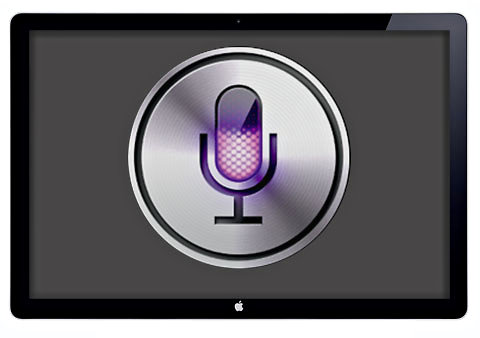
Artist Rendering
It’s quite clear that, when the television revolution happens, no matter if it’s Apple or Sony at the helm, that content will will be a big part of it. This means that instead of additional devices to turn on and navigate to, one can simply enjoy the music they’ve purchased or download and stream the movies that they want, all from one interface. However, content will only be part of the battle although it is not one to be underestimated. Part of Apple’s success has been taking what exists and making it better. Long before the iPod, iPhone and iPad, there existed MP3 players, smartphones, and tablets. However, no one seemed to get them right with hard-to-use interfaces and more and more specs with little meaning to consumers. Many have seen the Android tablets make the same mistake, with manufacturers claiming dual core processors and 1GB RAM, something that the iPad 2 lacks with only 512MB Ram. However, Apple has not once mentioned the processor or RAM inside of their units. Instead, they’ve focused on the ease of use of the device and sold millions while most Android tablets have yet to be able to sell in the thousands. The television market has now entered that same rut where, as I expressed before, we have televisions with 120Hz versus 240Hz and so on. However, outside of better picture and additional weak add-ons of Netflix and Hulu, not much has changed. The interface is still the same with lots of buttons for different aspect ratios, inputs, outputs, and submenus. You can expect that when/if an Apple TV television set appears, all that will go away. Sir Howard Stringer went on:
“There’s a tremendous amount of R&D going into a different kind of TV set.” He added that he has “no doubt” Apple’s late leader Steve Jobs also was working on changing the traditional TV set.
“That’s what we’re all looking for,” said Mr. Stringer. “We can’t continue selling TV sets [the way we have been]. Every TV set we all make loses money.”
No time table was given for when we would see the fruition of this R&D but with Sony having recently kicked off a major restructuring plan for their television division and Sir Howard Stringer believing that their content portfolio is now complete, this reality might be sooner then later. Fingers crossed for CES 2012. After the jump, a commercial for Sony’s take on the Google TV that might best show what we really need next and where we are headed.

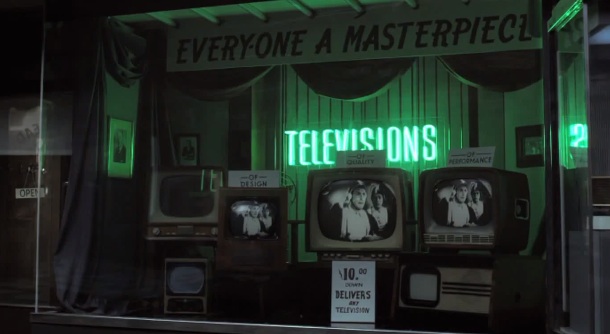
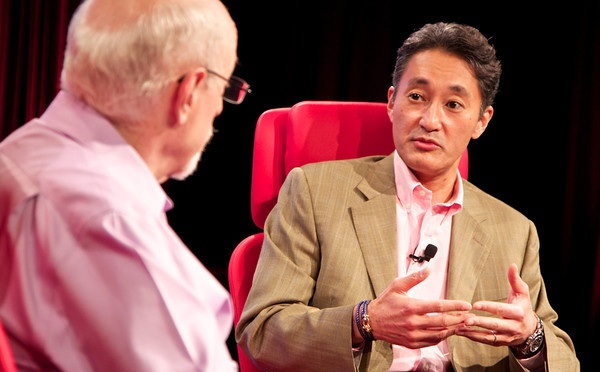
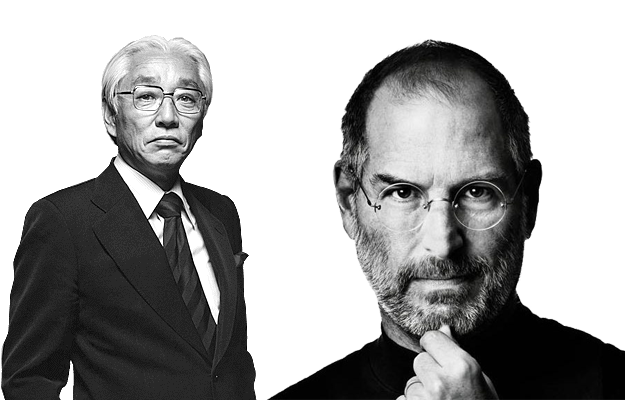
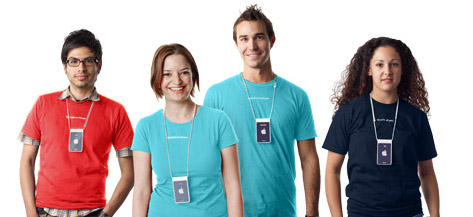
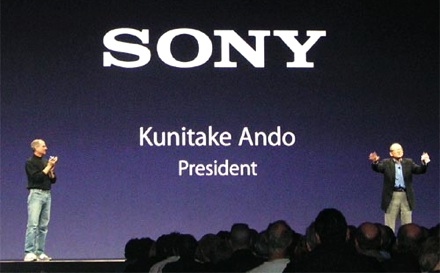
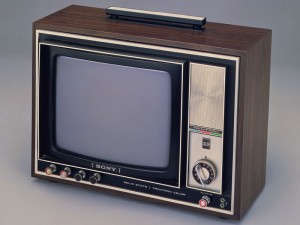
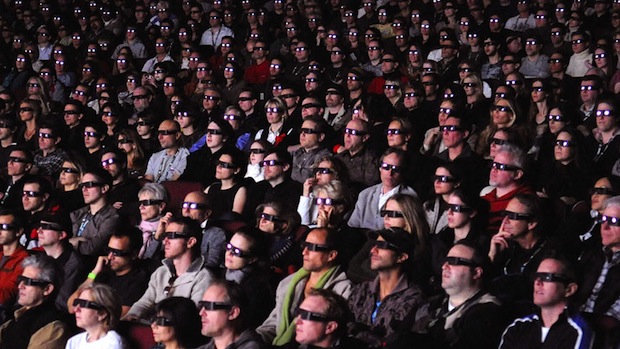
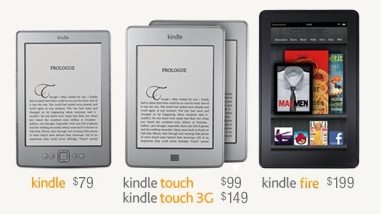

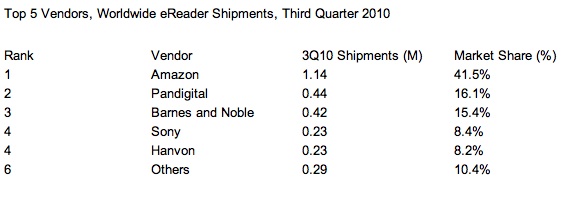
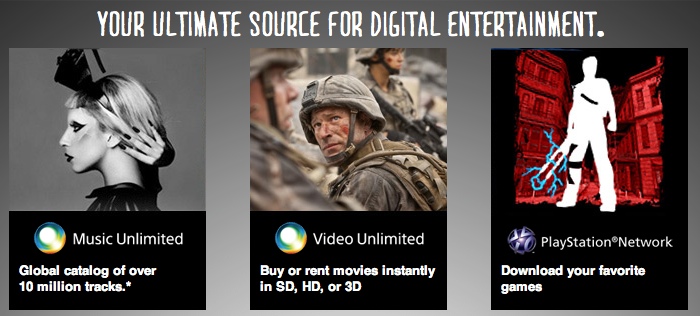


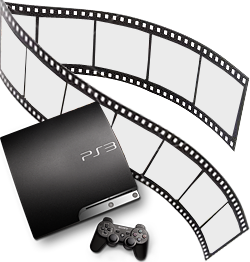


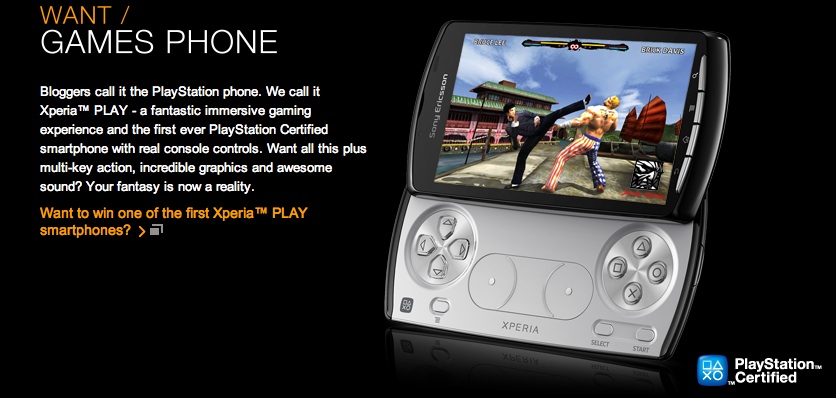
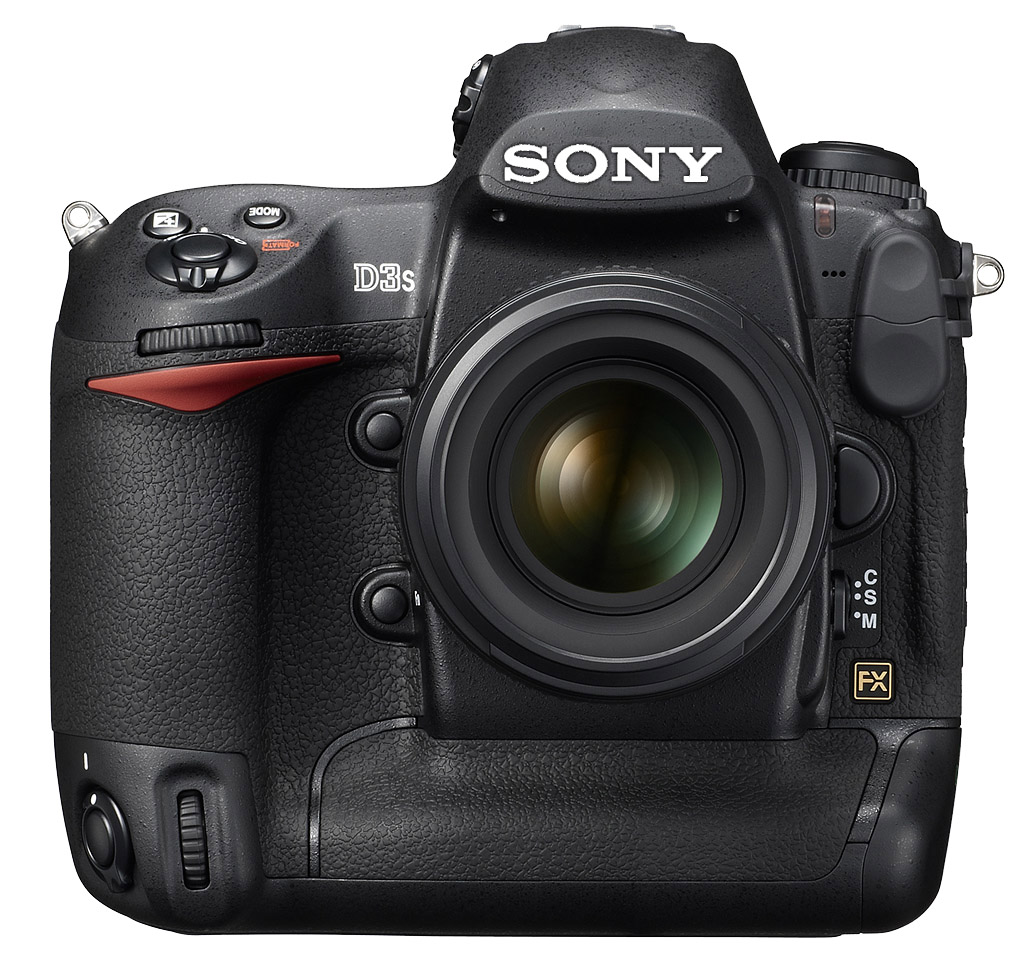
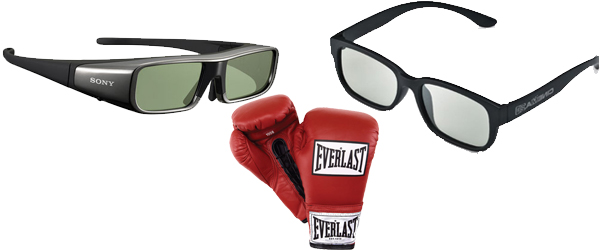

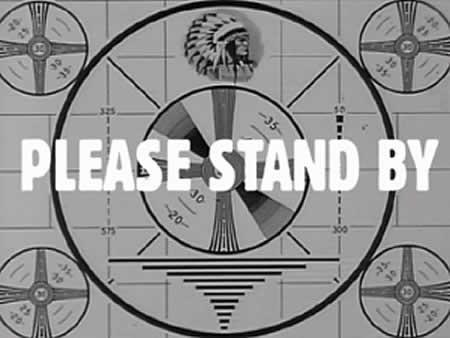
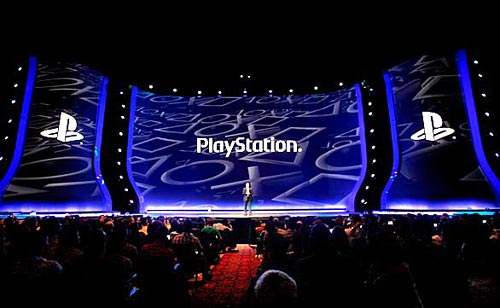

You must be logged in to post a comment.